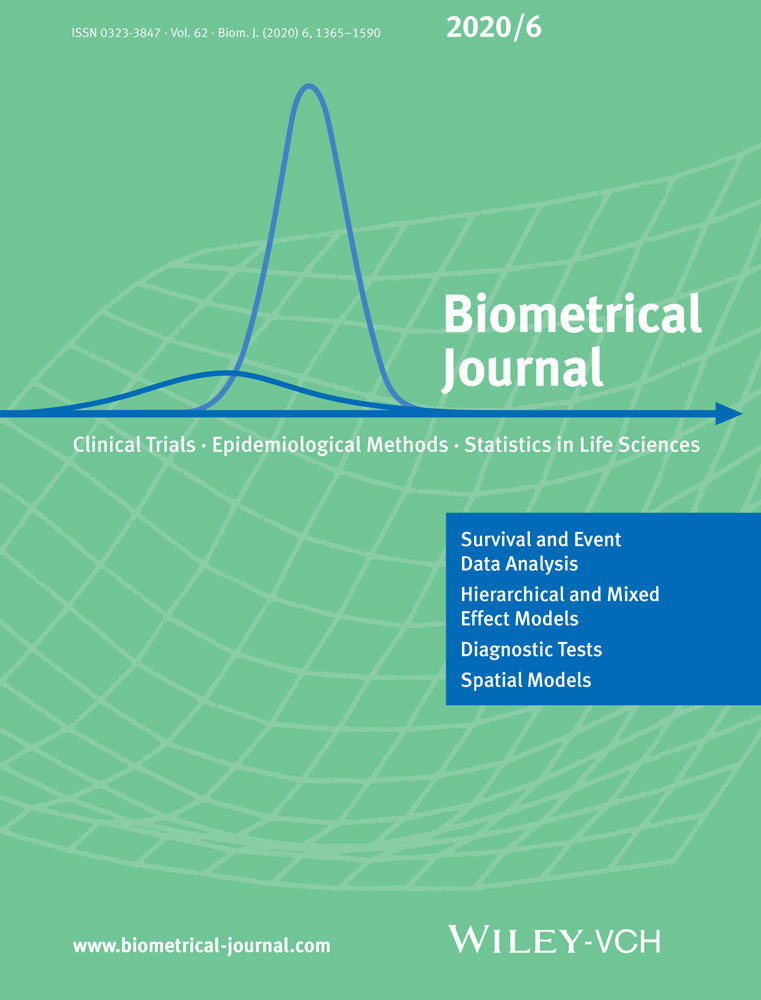Spatial auto-correlation and auto-regressive models estimation from sample survey data
Abstract
Maximum likelihood estimation of the model parameters for a spatial population based on data collected from a survey sample is usually straightforward when sampling and non-response are both non-informative, since the model can then usually be fitted using the available sample data, and no allowance is necessary for the fact that only a part of the population has been observed. Although for many regression models this naive strategy yields consistent estimates, this is not the case for some models, such as spatial auto-regressive models. In this paper, we show that for a broad class of such models, a maximum marginal likelihood approach that uses both sample and population data leads to more efficient estimates since it uses spatial information from sampled as well as non-sampled units. Extensive simulation experiments based on two well-known data sets are used to assess the impact of the spatial sampling design, the auto-correlation parameter and the sample size on the performance of this approach. When compared to some widely used methods that use only sample data, the results from these experiments show that the maximum marginal likelihood approach is much more precise.
CONFLICT OF INTEREST
The authors have declared no conflict of interest.
Open Research
Open Research Badges
This article has earned an Open Data badge for making publicly available the digitally-shareable data necessary to reproduce the reported results. The data is available in the Supporting Information section.
This article has earned an open data badge “Reproducible Research” for making publicly available the code necessary to reproduce the reported results. The results reported in this article could fully be reproduced.




